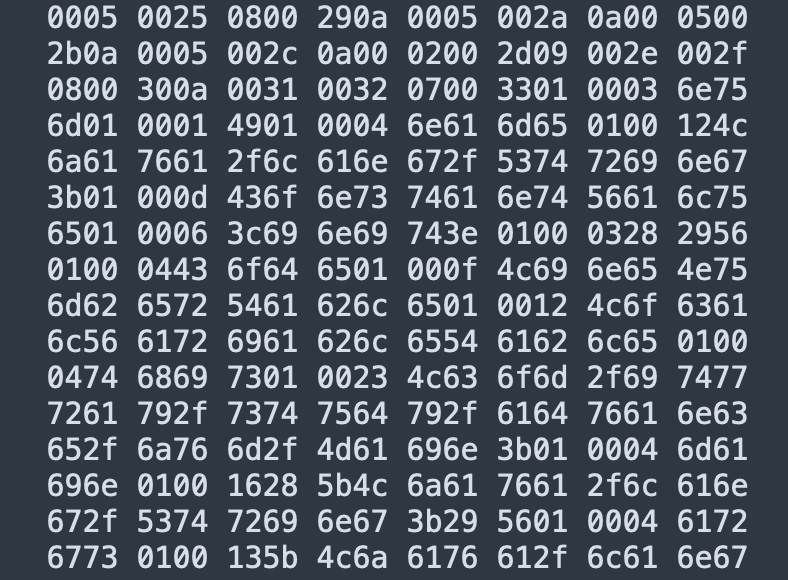Java获取资源文件的输入流
Java 中获取资源文件输入流的方法
方法一:利用线程的类加载器。
1 | InputStream is = Thread.currentThread().getContextClassLoader().getResourceAsStream("jdbc.properties"); |
像 Tomcat 之类的容器,使用了自定义类加载器加载 jar 包。下面的方法可能会失效,但方法一仍然可用。
方法二:
1 | InputStream is = ClassLoader.getSystemResourceAsStream("jdbc.properties"); |
方法三:
1 | InputStream is = ClassLoader.getSystemClassLoader().getResourceAsStream("jdbc.properties"); |
方法四:
1 | InputStream is = A.class.getClassLoader().getResourceAsStream("jdbc.properties"); |
前四种方法都是在类路径下查找文件。
方法五:(第五种方法是在 A.class 所在目录下查找文件。)
1 | InputStream is = A.class.getResourceAsStream("jdbc.properties"); |
方法六:IO 流。
1 | InputStream is = new FileInputStream("Module0/src/jdbc.properties") // 或 |
第六种方法适用于资源文件不在类路径下的情况,例如,资源文件未打入 jar 包内,而是放在 jar 外。
ClassLoader 的 getResource 和 getResources 的区别
假设 a.jar 依赖 b.jar。它俩的类路径下都有一个 app.properties 文件。
在 a.jar 执行下面的代码,或在运行 a.jar 时,间接执行了 b.jar 中的下面代码,得到的都是 a.jar 的 app.properties 文件。
1 | URL resource = ClassLoader.getSystemClassLoader().getResource("app.properties"); |
在 a.jar 执行下面的代码,或在运行 a.jar 时,间接执行了 b.jar 中的下面代码,会同时得到 a.jar 的 app.properties 文件,和 b.jar 的 app.properties 文件。
1 | Enumeration<URL> resources = ClassLoader.getSystemClassLoader().getResources("app.properties"); |
getResources 有一个差不多的流式 API:resources。
1 | ClassLoader.getSystemClassLoader().resources("app.properties").forEach(System.out::println); |
Properties
在 Java 中经常使用如下方法获取配置项:
新建一个 Properties 对象:
1 | Properties props = new Properties(); |
使用 load() 方法,将文本文件中的内容加载到 props 对象中:
1 | props.load(InputStream inStream); // 入参是一个字节输入流对象 |
使用 getProperty() 方法,获取属性值:
1 | props.getProperty("jdbc.driver") |
ResourceBundle
Java 提供了一个 ResourceBundle 类。
该类有一个静态方法 getBundle(),可以用来获取 ResourceBundle 对象。
getBundle() 在类路径下查找资源。
例如,类路径下有如下文件:
1 | config |
获取 ResourceBundle 对象:
1 | ResourceBundle jdbc = ResourceBundle.getBundle("config.jdbc"); // 目录可以用句点或斜杠分隔 |
获取 ResourceBundle 对象后,可以使用它的 getString() 方法获取属性:
1 | String driver = jdbc.getString("jdbc.driver"); |
本博客所有文章除特别声明外,均采用 CC BY-NC-SA 4.0 许可协议。转载请注明来自 WrayのBlog!
评论










